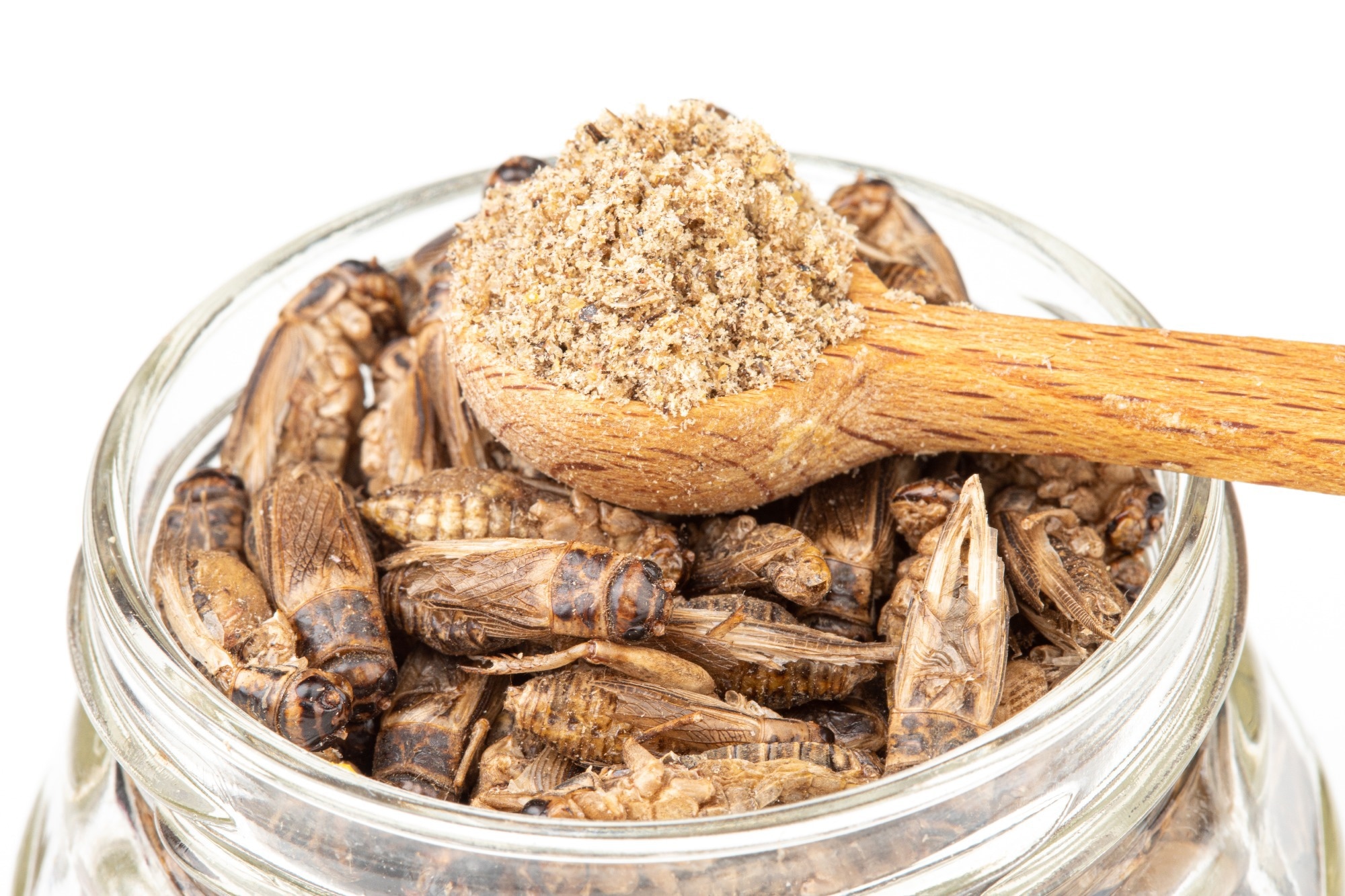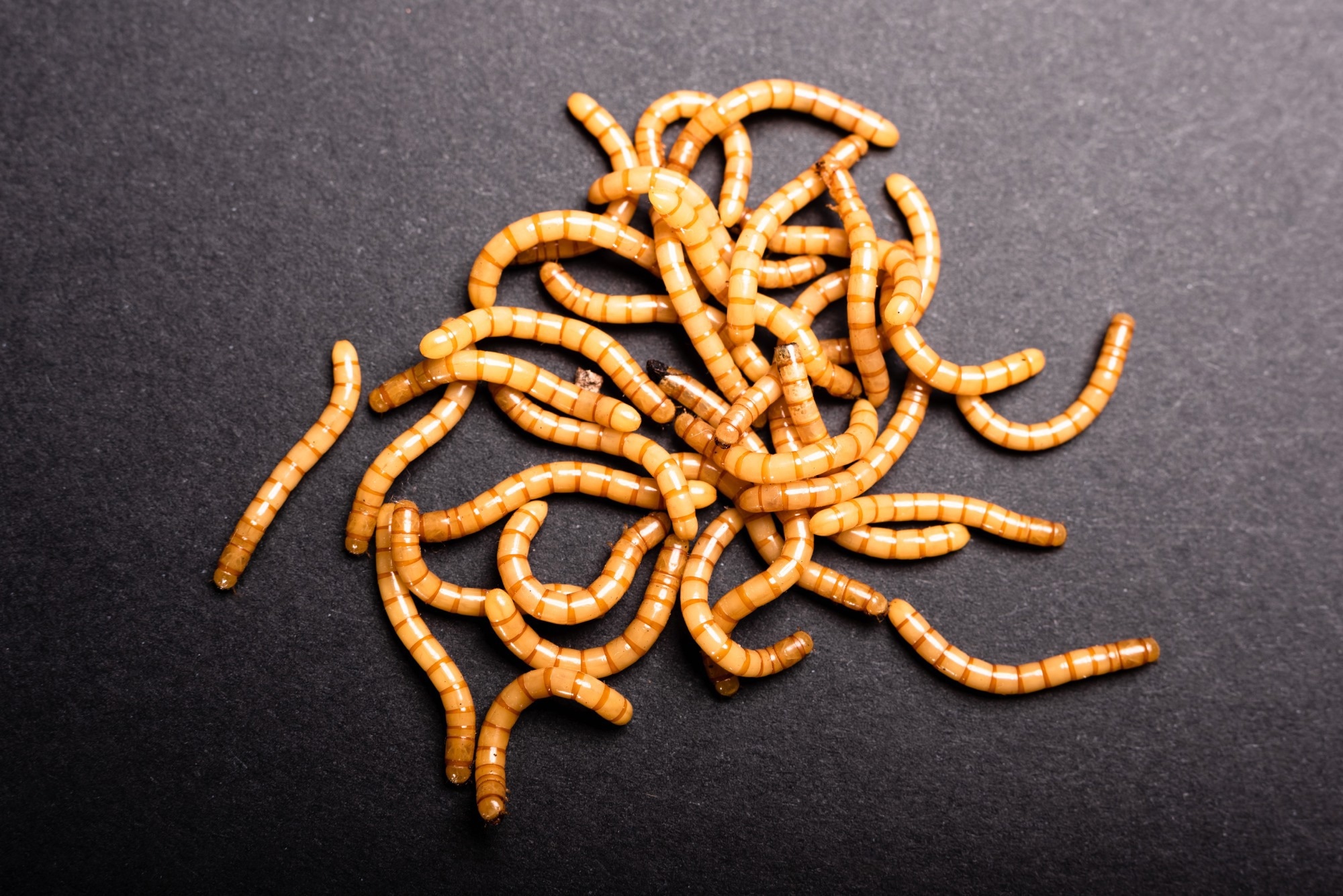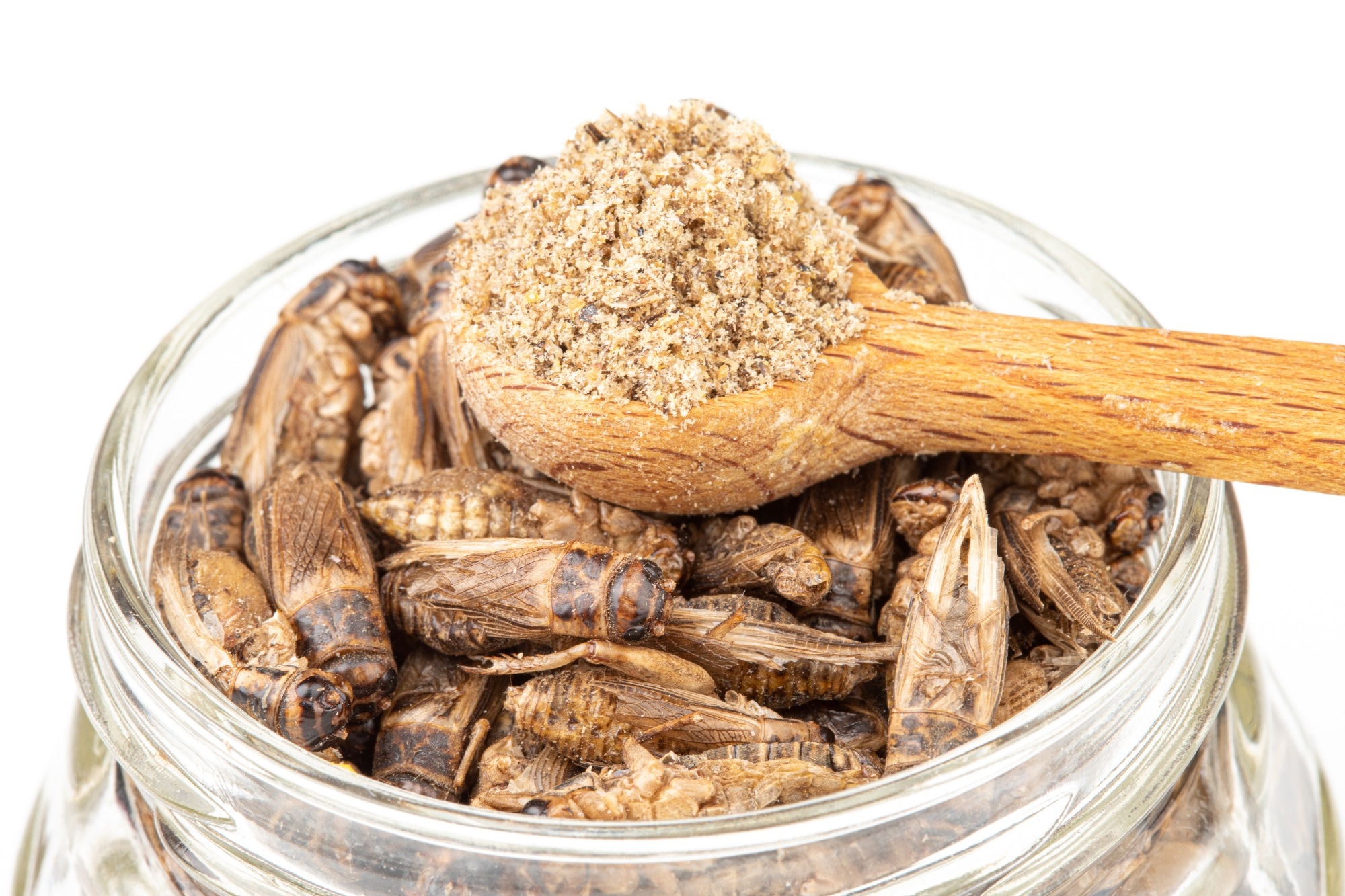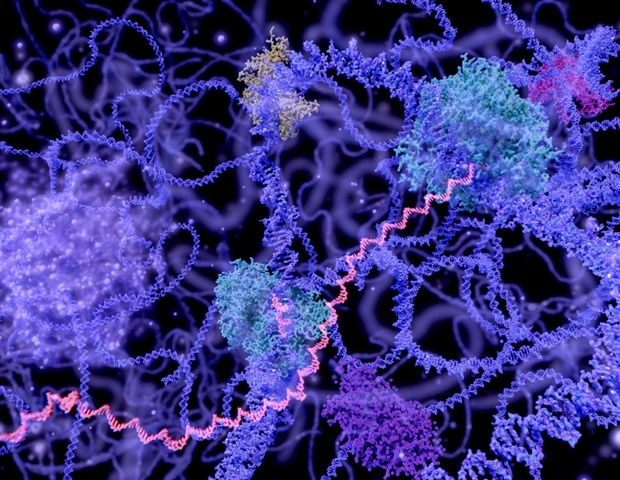Worldwide, edible insects have been consumed for thousands of years. Although insect consumption is rare in western countries, around 2,000 edible species are consumed either as raw or after processing in Asia, Africa, Australia, and Central and South America. A recent Molecules journal study has reviewed the literature on edible insects as a source of bioactive compounds.
 Study: Edible Insects an Alternative Nutritional Source of Bioactive Compounds: A Review. Image Credit: Giedrius Akelis / Shutterstock
Study: Edible Insects an Alternative Nutritional Source of Bioactive Compounds: A Review. Image Credit: Giedrius Akelis / Shutterstock
Edible Insects and their Nutritional Value
Beetles are the most commonly found insect worldwide, followed by caterpillars, ants, bees, wasps, grasshoppers, dragonflies, flies, and cockroaches. Edible insects are typically rich in fibers, mono- and polyunsaturated fats, and proteins.
The Food and Agriculture Organization (FAO) considers these insects a potential and cheap nutritional source. Furthermore, as a potential substitute for meat and animal products, edible insects could benefit the environment and ecology. Compared to livestock farming, insect farming requires less water and land and reduced greenhouse gas emissions.
The nutritional value of edible insects varies significantly. Even within the same species, edible insects differ in composition. For instance, the average protein content of three insect species, namely, grasshoppers, crickets, and locusts, belonging to the order Orthoptera, is 61%, with variations ranging from 6 to 77%.
The variations in the protein contents between insects not only result from different species or their developmental stage but also from their differential feeding habits and geographical origins. In addition, using different quantitative methods leads to variation in the estimation of the insects’ nutritional content.
![Nutritional composition [%] and energy content [kcal/100 g] of edible insects. Data are reported as average value of dry matter and the error bars indicate the maximum and minimum value determined.](https://sepoy.net/wp-content/uploads/2023/01/1673842623_238_Should-we-be-getting-used-to-the-idea-of-eating.jpg)
Nutritional composition [%] and energy content [kcal/100 g] of edible insects. Data are reported as average value of dry matter and the error bars indicate the maximum and minimum value determined.
Edible Insects- a Rich Source of Bioactive Metabolites
Certain insects are utilized in traditional Oriental medicine to cure cough, fever, gastritis, asthma, diabetes, rheumatism, and arthritis. In addition to the well-established pharmacological properties of insects, scientists have explored other benefits of insects to humans. Notably, edible insects have been found to be a rich source of bioactive compounds, such as flavonoids and phenols. These bioactive compounds possess anti-inflammatory, antioxidant, antimicrobial, insulin regulators, anticancer, and glycaemic inhibiting properties.
A recent in vitro study demonstrated a robust antioxidant effect of polyphenolic compounds extracted from house crickets (Acheta domesticus), dark black chafer beetles (Holotrichia parallel), and mealworms (Tenebrio molitor). This finding was validated via an in vivo experiment, where mice treated with insect tea exhibited elevated levels of superoxide dismutase, glutathione activities, and glutathione peroxidase and reduced levels of nitric oxide and malonaldehyde activities compared to the control group (mice treated with vegetal tea).
 Golden mealworms, Tenebrio molitor. Image Credit: Joaquin Corbalan P / Shutterstock
Golden mealworms, Tenebrio molitor. Image Credit: Joaquin Corbalan P / Shutterstock
Biological Activities of Polyphenols Derived from Insects and Insect-rich Foods
Polyphenols extracted from the edible insect Polyrhachis vicina, exhibited antioxidant properties, which could be used as pancreatic lipase inhibitors. Also, hydroxytyrosol dimers derived from Brynchoptera rynchopetera were able to block selective cytotoxicity and exhibited significant inhibitory activity on mouse melanoma proliferation.
The methanolic extracts of Antheraea assamensis (muga silkworm) exhibited robust antityrosinase activity. Also, Bombyx mori (silk moth) extracts revealed antigenotoxic activity. Polyphenols derived from edible Macrotermes facilger (termite) revealed antimicrobial and antioxidant activities.
Insect powder can be used as a valuable ingredient to substantiate food deficiencies. For instance, gluten-free bread with 10% cricket powder exhibited a significant increase in nutrient value; specifically, a seven-fold enhancement in protein content was observed. Furthermore, the insect-rich bread increased the total polyphenolic content compared to the control bread. The total antioxidant capacity before and after digestion also increased substantially without affecting the beneficial or pathogenic microflora.
Interestingly, adding crickets and mealworms to muffin flours revealed an increase in protein content and a decrease in carbohydrate content. The insect-enriched muffin also reduced the glycemic index. The antioxidant capacity and the total phenol content were substantially increased compared to the control muffin prepared using plain flour. The replacement of semolina with buffalo and mealworm powder also enhanced the antioxidant capacity of the bread before and after digestion.
Current Scenario and Future Perspectives of Edible Insects
Scientists have identified several toxicological, biological, and allergenic risks associated with the consumption of edible insects. Edible insects can be infected by microbes, such as yeasts and molds with mycotoxigenic potential, and consumption of this can harm humans. Some crustaceans and arthropods contain tropomyosin, which can trigger allergic reactions in consumers. Therefore, it is imperative for consumers to be careful and well-informed about the insect they are consuming.
The lack of proper guidelines that ensure high-quality edible insects enhances the general mistrust among reluctant consumers. Globally, standardized rules and regulations must be developed to promote proper production, storage, and consumption of edible insects.
At present, mostly insect phenolics and their role as antioxidants have been studied. Hence, future researchers must focus on other potential biological activities of insect-based metabolites, such as anticancer, antigenotoxic, antityrosinase, anti-inflammatory, and pancreatic lipase inhibitory activities. Identifying different classes of insects that contain high nutrient and polyphenol content should be pursued, which could be immensely beneficial to humans.







